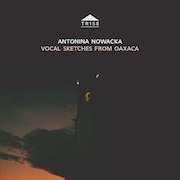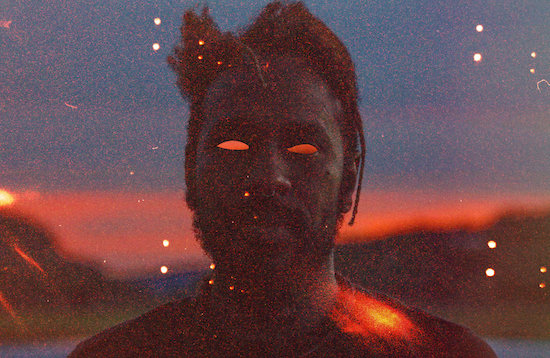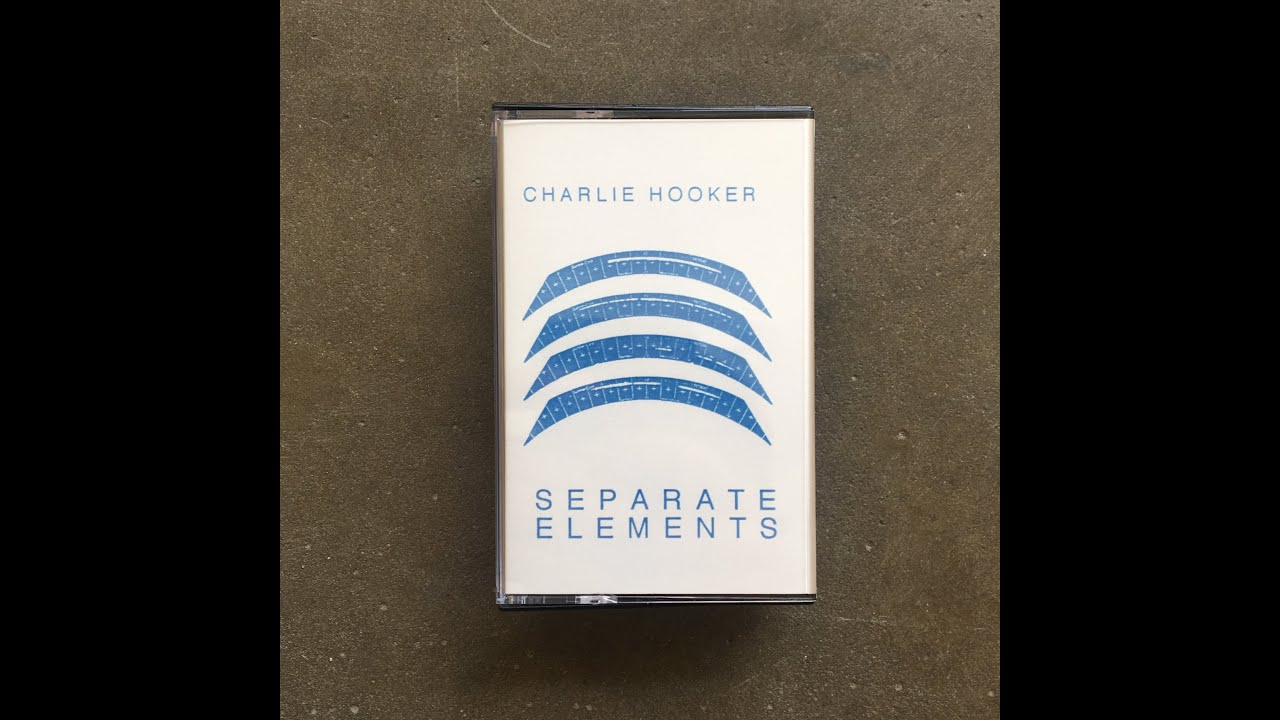Felinto
Friends, this month I encountered a sound system up close for the first time since March 2020. A big one, and one I not only literally sat very close to, but one I also feel spiritually close to, at Corsica Studios. Anyone who knows this club will be able to imagine how sitting down for table service front left less than an arms’ length from the stacks was an almightily odd experience. However, what was even odder was the wild emotional ride of the first big gig back.
Initially, I just felt stiff, completely numb from the absolute sensory overload when the bass really began to rumble and the VJ pushed hi-res moving images around three projectors, one of which was pointed directly at my face. Soon, I found my shoulders and feet, found myself grinning, bouncing in my seat, and reacquainted myself with the urban sublime of sound passing through my skull.
I had been wondering how perceptions of loudness might have altered in lockdown, how we might feel when faced with big physical sounds again, after so long away from a full-on club-sized PA. Soundsystems as big as Corsica’s are one of the few things almost nobody has encountered in lockdown – even if you have the luxury of a little home studio, it’s rare that the speakers will be powerful enough to flood a room with bass to swim around in.
I alternated between an initial shell-shocked gawping, having been made speechless by the rush and rumble of bass, and a sort of closed-eye sound bathing when I could sit back and count all the ways this sonic terror was affecting me – the shapes that one sees in the mind’s eye, the wibbling epiglottis, the tickle of cuffs as my shirt vibrated on my body. Later, I managed to speak to people, shouting, to debrief on what a wonder it was to feel the joy and thrill of the club.
What happiness there is in amplified sound! Now, I just want more. Onwards!
My Bloody Sex Party – Vol.3
(Zoomin’ Night)
Third and final volume of music from the short-lived but already iconic (for me, anyway) My Bloody Sex Party, a group of erm, bloody-minded teenagers from the city of Linyi in China, who spent a few hours in 2020 making ‘music’ in an abandoned estate agent’s before promptly splitting up to go off to different schools. I’ve covered both previous volumes and despite each volume being a portioned-off section of single session the editing has created an illusion of progression between releases. I don’t want to put off any MBSP fans, but they almost sound like a coherent band here, especially on opener ‘High Tide’. Emphasis on almost. As such, for anyone not yet familiar with MBSP, I recommend starting with the end of the third volume and working your way back to the first. Happy to find drummer Li once again trying on different beats like he’s scrolling through YouTube instructional videos, with smatterings of nursery rhymes and classic rock riffs from Liu, Zhuang and Shang. The guitar and string work has more intent here and there’s a particularly beautiful portion of plucking and strumming of what I think is pipa. While there’s definitely a more rugged psychedelic out-rock feel to this, it still contains portions of hacked out melodies, notably, ‘Baa Baa Black Sheep’. I hope they don’t all grow up and stop making music.
Felinto – Futuro Antigo Perpétuo
(Bokeh Versions)
Bokeh strikes again! After last month’s Leather Rats curio they’re at the top of my listening pile again with this heavy cassette by Felinto out of São Paulo, backed by a crew who provide many threads to follow around this febrile local scene. Sprung sounds sequenced with leaden bass, plus percussive contributions from Martiniquan virtuoso Boris Reine Adelaide and Marian Sarine (Deafkids). Another member of Deafkids pops up on melodica, and Paula Rebellato (Rakta) adds vocals to the final track. It is easy listening in the best kind of way, in that it is neither easy or gentle, but with its liquid dubs it has a gorgeous syrupy flow and moves like molasses with crystalline sprinkles on top. Regular readers with elephant memories might recall my love for DJ Lycox’s 2020 EP on Principe, and this occupies the same listening space for me – it’s not as melancholy as Lycox, and not overly similar, but it keeps my head nodding and satisfies my hunger.
Vanessa Rossetto – Legends Of American Theatre
(Regional Bears)
This is a vocabulary of explosions and sirens crafted into fairly anxious but often rhythmic collages. The stitching on these is really clever. The sound of a firework cut and pasted into a pattern, alongside a recording of what elsewhere would be unwanted background noise of cars and streets, creates the edited illusion of unnatural rhythms coming from the pyrotechnics, as if they exploded in this repeating pattern in real time. Not quite industrial, it hums with the claustrophobia, frustrations and aggressions encountered in chaotic shared environments (one side opens with a street argument, the other with some horns that sounds like vuvuzelas). Despite the feelings it captures, I found it more of a cathartic listen than a stressful one, and voluntarily went straight back in for a second listen the day I received it, as it seems to sing in sympathy with urban existence.
Lucia Nimcová & Sholto Dobie – DILO
(Mappa)
A brilliant and unconventional ethnographic record, or rather, an album that does the work of field recording of folk song but without the usual questionable clean ups. DILO is an album of Rusyn folk music played on fiddle, some spoken word and some songs, but collaged with the sounds of cow sheds and wool processing machines. One of the recordists, Lucia Nimcová, grew up on Slovakian side of the Ukrainian border and is part of the Rusyn (Ruthenian) minority ethnic group, who are often looked down upon as poor and uneducated by their neighbours. Nimcová spent two years travelling around Rusyn villages with artist and musician Sholto Dobie, capturing some of the music she remembered from her childhood (music recorded is listed on the back of the LP, but not in the Bandcamp notes). There are ballads and stories, smut and politics, and at one point the fiddle bears an unexpected resemblance to some of Laura Cannell’s playing. Beautiful sleevenotes contain further details on the songs, one about burning your crotch, another where "a woman sings about selling her pussy to buy a cow… then shifts to a raw, painful truth; an adult son asks his mother why his dad won’t be back for dinner, as he’s gone to war."
Antonina Nowacka – Vocal Sketches From Oaxaca
(TakuRoku)

More from Polish singer Antonina Nowacka, who is becoming a favourite around these parts. This feels like the next in a series after Lamunan, an album that saw her sing alone in a fortress in Poland and also in a cave on the island of Java. This next release collects recordings made in small churches she searched out while travelling around Oaxaca in Mexico on the trail of historic organs, few of which she found or was able to access. (I for one am glad this is a vocal record not an organ record as I am bored to tears by the latter.) These vocal sketches on the other hand, are wonderfully compelling. Unpretentious and instinctive, they come off like sweet and uncanny spirituals sung for an audience of one. There is something about Nowacka’s improvisational vocabulary, of pitch and progression, pace and intent, that makes these sound as if they exist on a threshold between now and a far away past. I am a big fan.
Charlie Hooker – Separate Elements
(self-released)
This is the reissue of a self-released cassette from 1993, containing recordings of sound sculptures by a Brightonian professor named Charlie Hooker. The original installation was of buoys that generated music through wind-powered sails with a which were anchored in an arc in St Andrews Bay in Scotland, and a score based on the amount of sunlight available on a summer’s day. The sounds are not nautical, and the water it invokes is sonically rendered in the same way the water in console game Ecco The Dolphin is rendered visually. Side two contains recorded sounds of buffeting wind and the slosh and hush of waves. An ex-harbour master once said to me that while the ships and its controls might all change, what’s outside has been the same for millions of years. Listening now, almost 30 years after the first cassette release, the palette of electronic sounds on here is now distinctly retro, while the waves still sound the same. Earth-bound music but with a soothing new age aesthetic.
SUGAI KEN & Lieven Martens – KAGIROI
(Edições CN)
On paper this doesn’t sound very exciting – reworked and manipulated field recordings. But the recordist in question, SUGAI KEN, records as if painting, and his files are reworked here by Edições CN label head Lievens Martens (aka Dolphins Into The Future among many other aliases). I’m a little late to it but it is really a cut above. SUGAI KEN records folk musicians but he does so as music rooted in time and place; as sounds in a wider world of sound. I’m interested in listening to the ways folk musicians are present inside these pieces – in the way the ear weaves an animated tapestry that doesn’t just contain a person making music but a person making music in a place (much like what’s happening in the Rusyn folk record above, too). The light touch manipulation by Lievens gives it a pleasing arrhythmic grammar, with hard cuts like full stops.
Angel Bat Dawid – Hush Harbor Mixtape Vol. 1 Doxology
(International Anthem)
There are reeds, hyper-Autotuned vocals, percussion and drum machines in this uncategorisable and visionary mix tape from Angel Bat Dawid, making it like a contemporary hymnal (it’s called Doxology, named for a short hymn of praise to God). Dedicated to and pictured on the cover is Saint Escrava Anastacia, an enslaved African woman muzzled by her owners, who became an unofficial Catholic saint in Brazil in the second half of the 20th century. It contains visceral historical threads that reach across the black Atlantic, its force of intent concentrated in the present moment through technological gestures and digital textures. Highlight is ‘Jumping The Broom’, in which a spiritual multiplies into a cumulus of voices raw and digitally manipulated, as if from past and present, cyborgs and ghosts together on a cosmic plane.
Smurphy – RIP Smurphy Forever
(self-released)
The final entry for this month is a little outside the usual remit of Rum Music but comes from someone who’s been featured here before, and to whom I would like to bid a fond farewell and thanks. With this album, self-described plant-based producer Smurphy from Mexico has announced her departure from computer-based music making. (Smurphy has a spinal defect which limits and makes painful her use of a computer, so she’s calling it a day for the good of her health.) The opening is fairly mellow: this digs, excavates, finds a bedrock from which to build from. It can sound ordinary until you plug into the big stereo – laptop speakers mean you miss about 40% of what’s happening – and this is what Smurphy is best at, making bass hum that creates its own ghosts. Here at Rum Music, I send many blessings for her next endeavour.
AOB
Italian label Superpang has released two big names in The Zone recently, both documenting sounds made with minimal starting point harried and attacked for maximum effect. Both are also brilliant and come highly recommended. One is of urgent cymbals and other percussion by Keiji Haino and on the other Bill Orcutt builds muscle memory playing the same phrase over and over (and over) again.



